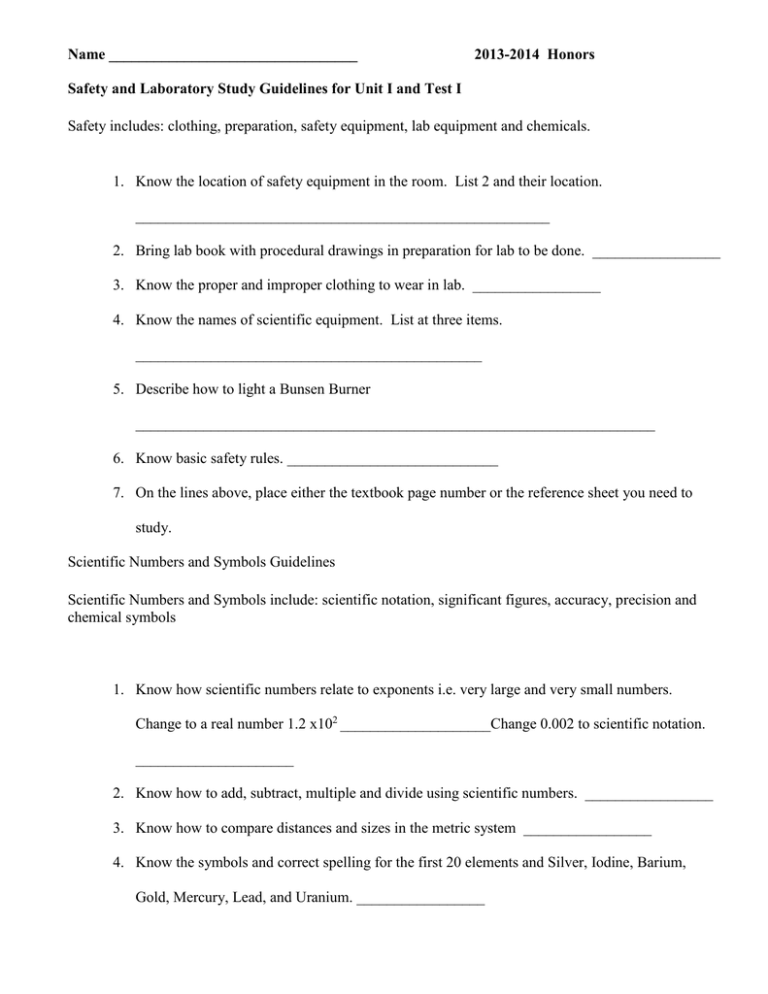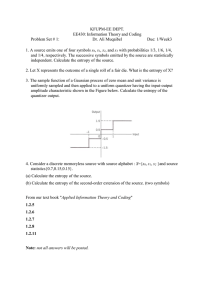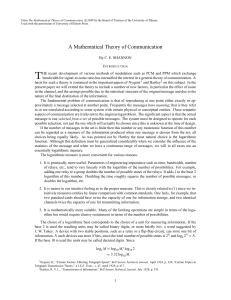safety matter energy guide unit 1
advertisement

Name _________________________________ 2013-2014 Honors Safety and Laboratory Study Guidelines for Unit I and Test I Safety includes: clothing, preparation, safety equipment, lab equipment and chemicals. 1. Know the location of safety equipment in the room. List 2 and their location. _______________________________________________________ 2. Bring lab book with procedural drawings in preparation for lab to be done. _________________ 3. Know the proper and improper clothing to wear in lab. _________________ 4. Know the names of scientific equipment. List at three items. ______________________________________________ 5. Describe how to light a Bunsen Burner _____________________________________________________________________ 6. Know basic safety rules. ____________________________ 7. On the lines above, place either the textbook page number or the reference sheet you need to study. Scientific Numbers and Symbols Guidelines Scientific Numbers and Symbols include: scientific notation, significant figures, accuracy, precision and chemical symbols 1. Know how scientific numbers relate to exponents i.e. very large and very small numbers. Change to a real number 1.2 x102 ____________________Change 0.002 to scientific notation. _____________________ 2. Know how to add, subtract, multiple and divide using scientific numbers. _________________ 3. Know how to compare distances and sizes in the metric system _________________ 4. Know the symbols and correct spelling for the first 20 elements and Silver, Iodine, Barium, Gold, Mercury, Lead, and Uranium. _________________ Study Guidelines for Unit I Matter and Energy Ch. 1 & 2 (some information available in Chapters 10, 12 and 17) Matter and Energy Unit includes: matter classification, matter separation methods, Energy transfer and Entropy including Demos and Labs Matter and Energy 1. Know how to classify matter _________________ 2. What is homogeneous matter ________________________ 3. Give one example of homogeneous matter ________________________ 4. What is heterogeneous matter ____________________________ 5. Give one example of heterogeneous matter. _____________ 6. Know how to separate matter. Separate sand from salt _____________________________________________________________________ 7. Know the different types of evidence indicating that a chemical reaction has occurred specifically the ones from class demonstrations. _________________ 8. What enthalpy is _________________ 9. What entropy is _________________ 10. Evidence of chemical reaction. List 2 ____________ _________________ 11. What happens to energy in an Exothermic Reaction? _____________________ 12. What happens to energy in an Endothermic Reaction? _________________ 13. What is q? _________________ 14. What equation is used to calculate q_________________ 15. How is the equation rearranged to calculate specific heat _________________ 16. What is specific heat _____________________________________ 17. Phase Diagrams for CO2 and water 18. Energy Profiles and all labels: Exo and Endo 19. Heating/Cooling curves 20. Demonstrations from class, A/B indictors 21. Physical versus Chemical properties and changes On the lines above, place either the Chapter # and textbook page number or the name of the reference or worksheet you need to study for each line in the study guideline.




